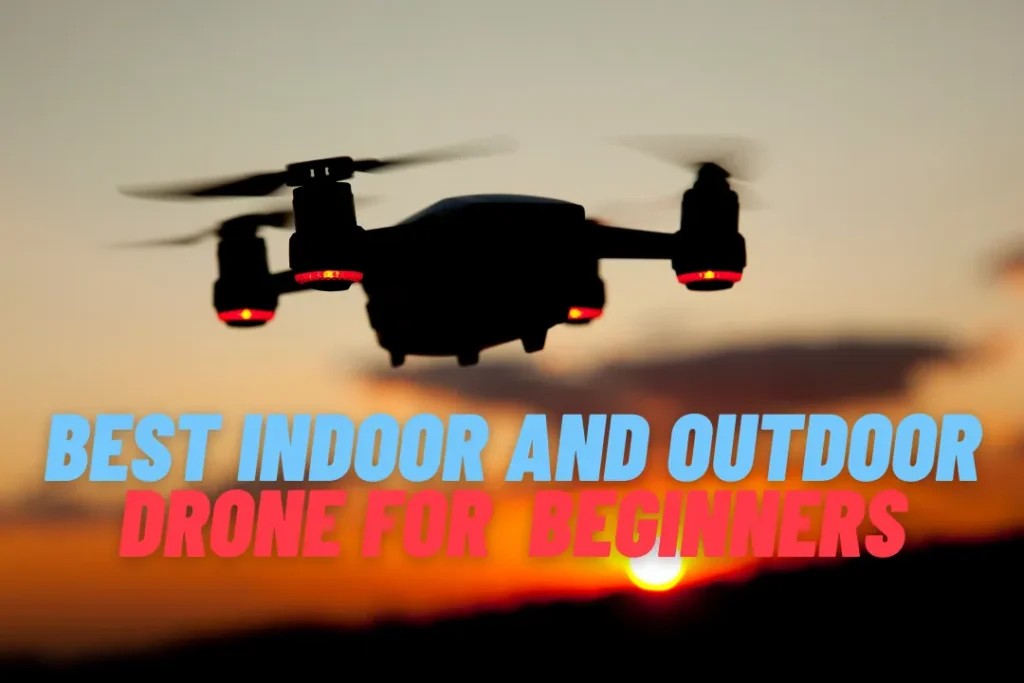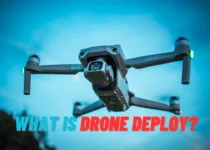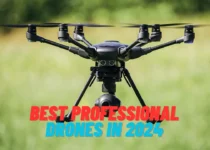Best Indoor And Outdoor Drone For Beginners

If you are a beginner and searching for a drone that can be flown both indoors and outdoors, here are some possibilities to consider:
DJI Mavic Mini
This drone is compact and lightweight, making it convenient to pack and fly indoors. It includes a 12-megapixel camera that can take high-quality photos and videos, and it can fly for up to 30 minutes on a single charge.
Parrot Anafi
This foldable drone is tiny and lightweight, making it easy to transport. It boasts a 21-megapixel camera that can record 4K video and a 180-degree tilt gimbal for creating interesting shots.The drone can fly for 15 minutes on a single charge.
Holy Stone HS100D
This drone is inexpensive and simple to fly, making it an excellent choice for newbies. It contains a 1080p camera that can take quality images and videos, as well as a 500-meter-range remote control. With one single charge, it allows for flight for 15 minutes.
Potensic T18
This drone is small and easy to operate, making it suitable for indoor usage. It contains a 1080p camera that can take superior images and videos, as well as a 300-meter-range remote control. It is capable of flying for a maximum of ten minutes on one battery charge.
Flying time, camera performance, and ease of usage are the most important factors to keep in mind when purchasing a drone for indoor and outdoor flights. To avert accidents or property damage, ensure that you observe all safety requirements and operate your drone responsibly.
How to Choose the Best Drone for Indoor and Outdoor
When selecting a drone for indoor and outdoor usage, there are various variables to consider:
1. Small and lightweight drones are ideal for inside use, allowing for easier mobility in confined spaces. However, larger and heavier drones are more stable in natural surroundings, particularly in windy circumstances.
2. Consider camera quality when recording or videography, both indoors and outdoors. Search for a dorne with a high-quality camera that can capture a clear and indepth photos or videos.
3. Flight Time: A drone’s flight time defines how long it can fly without requiring battery recharging. In overall, an extended flight duration is better, but it is necessary to measure the advantages of flying time versus other criteria like as weight and size.
4. Flight Range: A drone’s range describes its maximum distance from the controller. For outdoor use, a drone with greater range will allow you to explore more extensive regions.
5. Already configured flight modes on drones, such as “follow me” or “follow mode,” might aid in capturing highly accurate photos. Look for a drone with flight modes that are suitable for your particular needs.
6. Obstacle Avoidance: Sensors may prevent incidents and collisions, particularly while flying indoors. Look for a drone equipped with sensors that may detect and avoid obstructions.
7. Price: Drones can cost between a few hundred to several thousands dollars. When deciding on a drone, consider your budget and the characteristics that are most valuable to you.
By taking these criteria into account, you may select the ideal drone for indoor and outdoor use based on your unique requirements.



